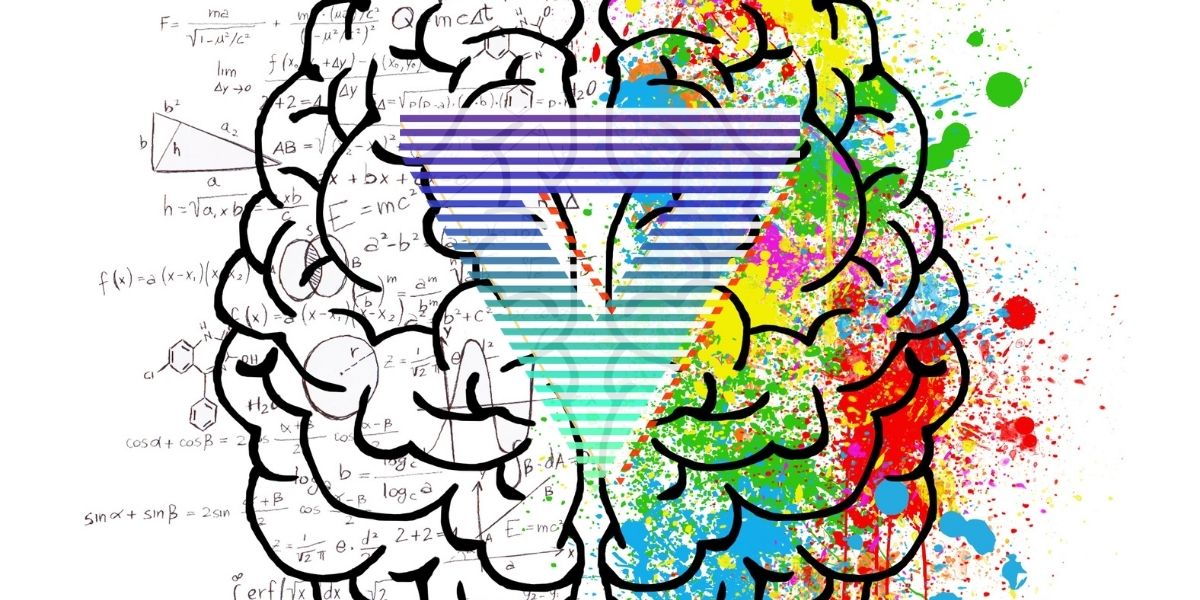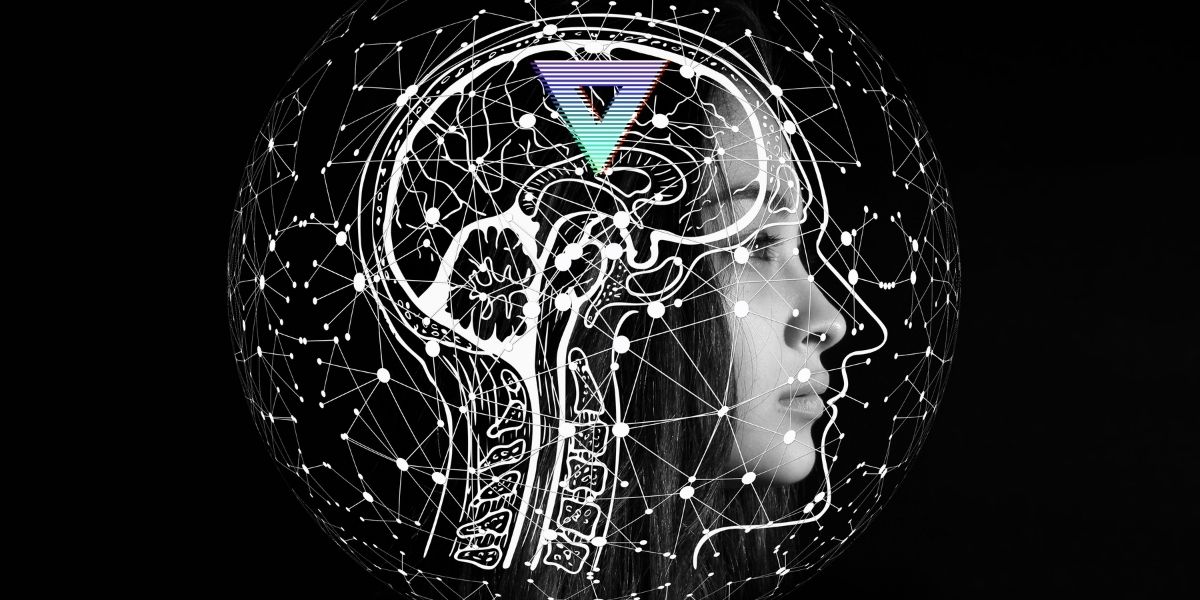Diagnosing neuromuscular disease in Neuro Critical Care
Brandon Foreman gives a practical approach to the diagnosis and workup of neuromuscular disease in neuro critical care.
Neuromuscular diseases are common and include chronic autoimmune disorders such as myasthenia gravis, acute demyelinating disorders like Guillain Barre, paraneoplastic disorders, and toxidromes such as botulism.
The presentation of many neuromuscular diseases can be subtle: diffuse weakness, subtle swallowing difficulty, or double vision. Many patients do not present until it’s nearly too late. Timely diagnosis can lead to rapid stabilization of airway, autonomics, and other potentially lethal complications and expedited treatment of the underlying cause.
Brandon’s first piece of advice pertaining to neuromuscular disease in critical care? You have to recognise it!
There are subtle clues littered through the history and physical exam of a patient. A nasal voice indicates oropharyngeal weakness. This is important to recognise and can tip you off to the likely diagnosis. New onset eye complaints or proximal muscle weakness will likewise lead the clinician to consider neuromuscular weakness. If a patient presents with a history of difficulty rising from a chair or double vision think of disorders such as Guillain Barre or myasthenia gravis.
A big question in the early management of patients with neuromuscular weakness is the need for intubation. Brandon advises throwing away some of the traditional methods of answering this question that rely on lung function testing and often involve a respiratory physician. Instead, he runs through a handy list of diagnostics, possible at the bedside to determine the need for mechanical ventilation in this population. Brandon discusses clinical pearls to hone in out what a patient is presenting with. Test such as Simpson’s test or the “ice bag test” are useful addition to any clinician’s toolbox.
Finally, Brandon takes you through the initial workup of patients presenting with likely neuromuscular weakness. He equips you with the knowledge to start the process before calling the neurology registrar!
Diagnosing neuromuscular disease in Neuro Critical Care by Brandon Foreman.
For more like this, head to our podcast page. #CodaPodcast
Brandon Foreman
Brandon Foreman, MD FACNS is Assistant Professor of Neurology & Rehabilitation Medicine and Neurosurgery at the University of Cincinnati and serves as Associate Director for Neurocritical Care Research with the Division of Neurocritical Care. Dr. Foreman is a member of several multi-center collaboratives, including the Critical Care EEG Monitoring Research Consortium (CCEMRC) and the Co-Operative Spreading Brain Injury Depolarizations consortium (COSBID), and he has specific expertise in continuous EEG monitoring and in detecting seizures and spreading depolarizations after brain injury. He is a co-founder of the Collaborative for Research on Acute Brain Injuries (CRANI; @UC_CRANI), a translational neuroscience research community at the University of Cincinnati that links translational, clinical, and data scientists. Through CRANI, he works closely with the College of Engineering and Applied Sciences and the Center for Intelligent Maintenance Systems at the University of Cincinnati and with partners at the University of Arizona and Boston University to develop machine learning and network connectivity approaches to understanding brain injury physiology. Dr. Foreman’s research focuses on precision critical care, with a specific interest in the recording and interpretation of cortical physiology, pressure, flow, and synaptic signaling and how this can be integrated with clinical data at the bedside in order to guide care at the patient level.





